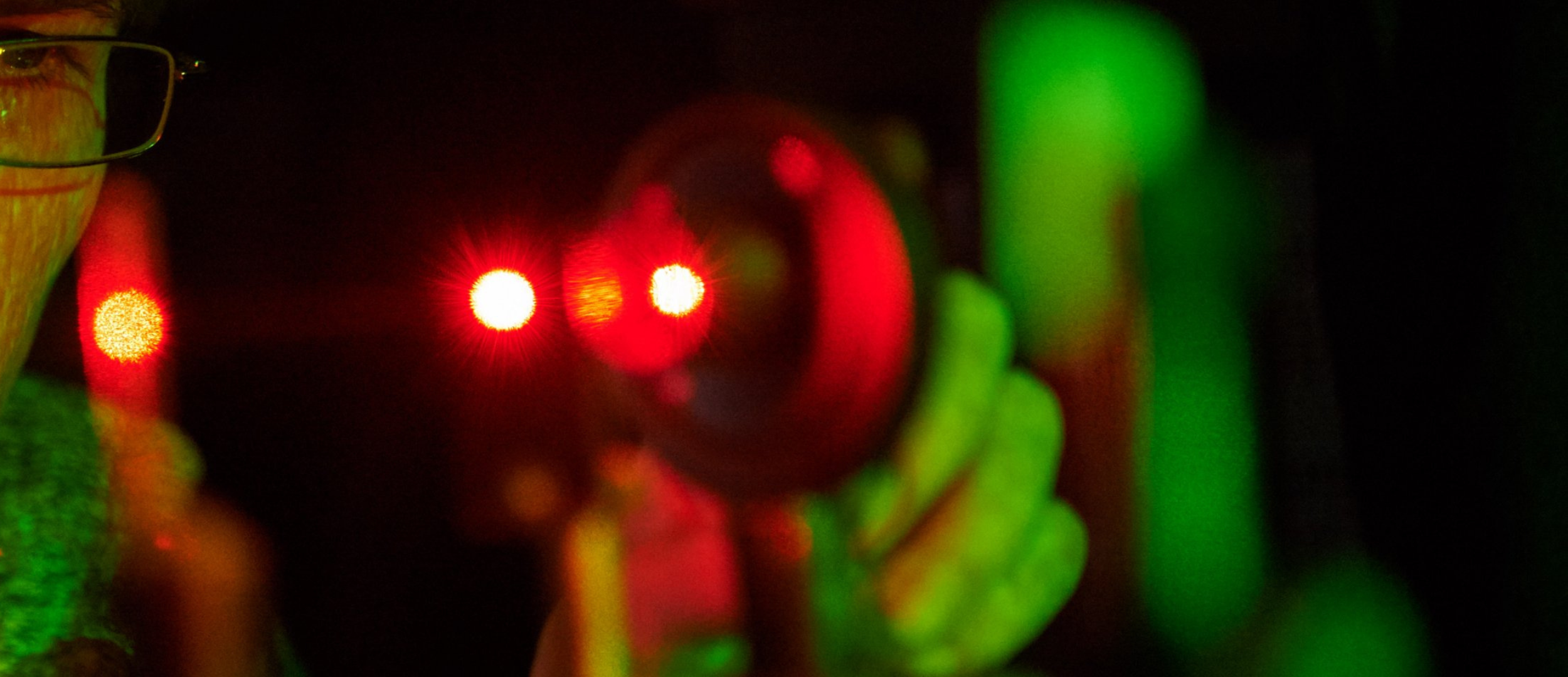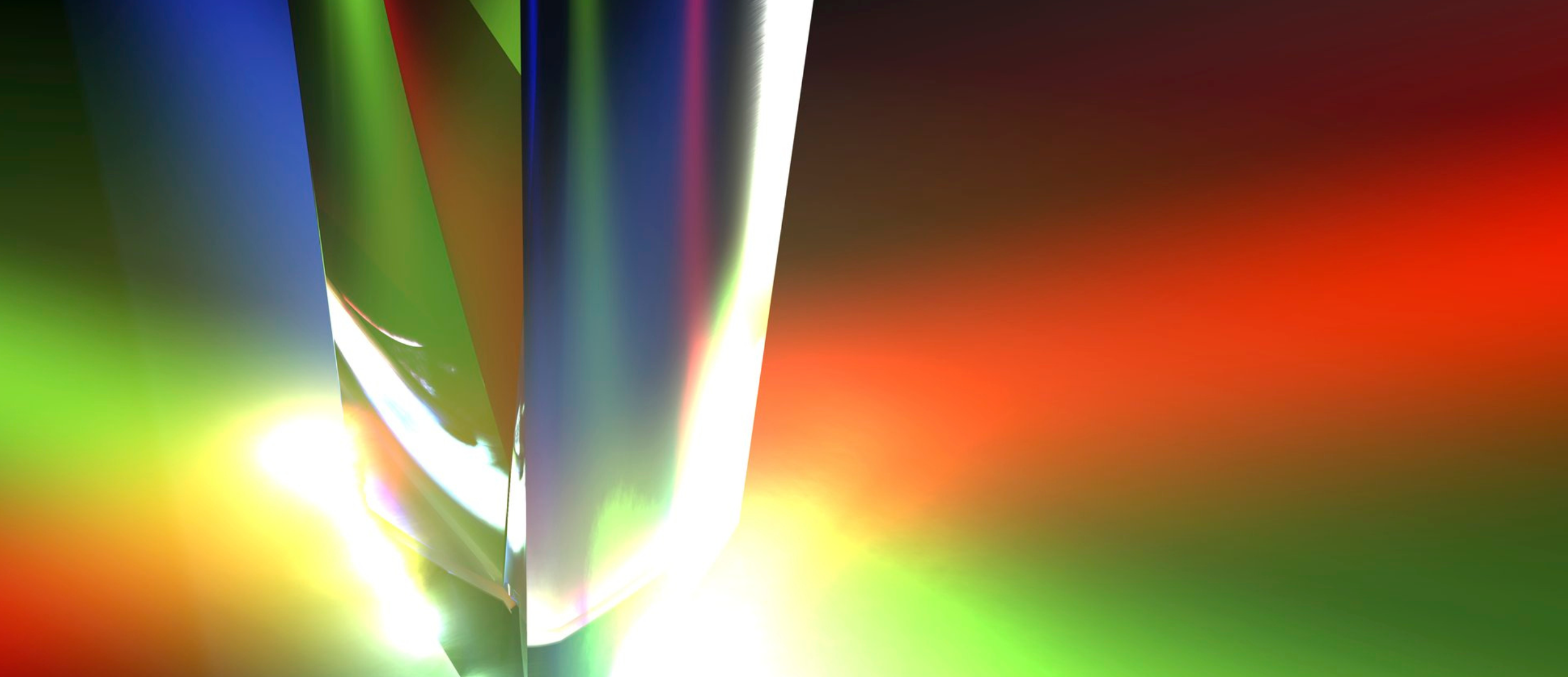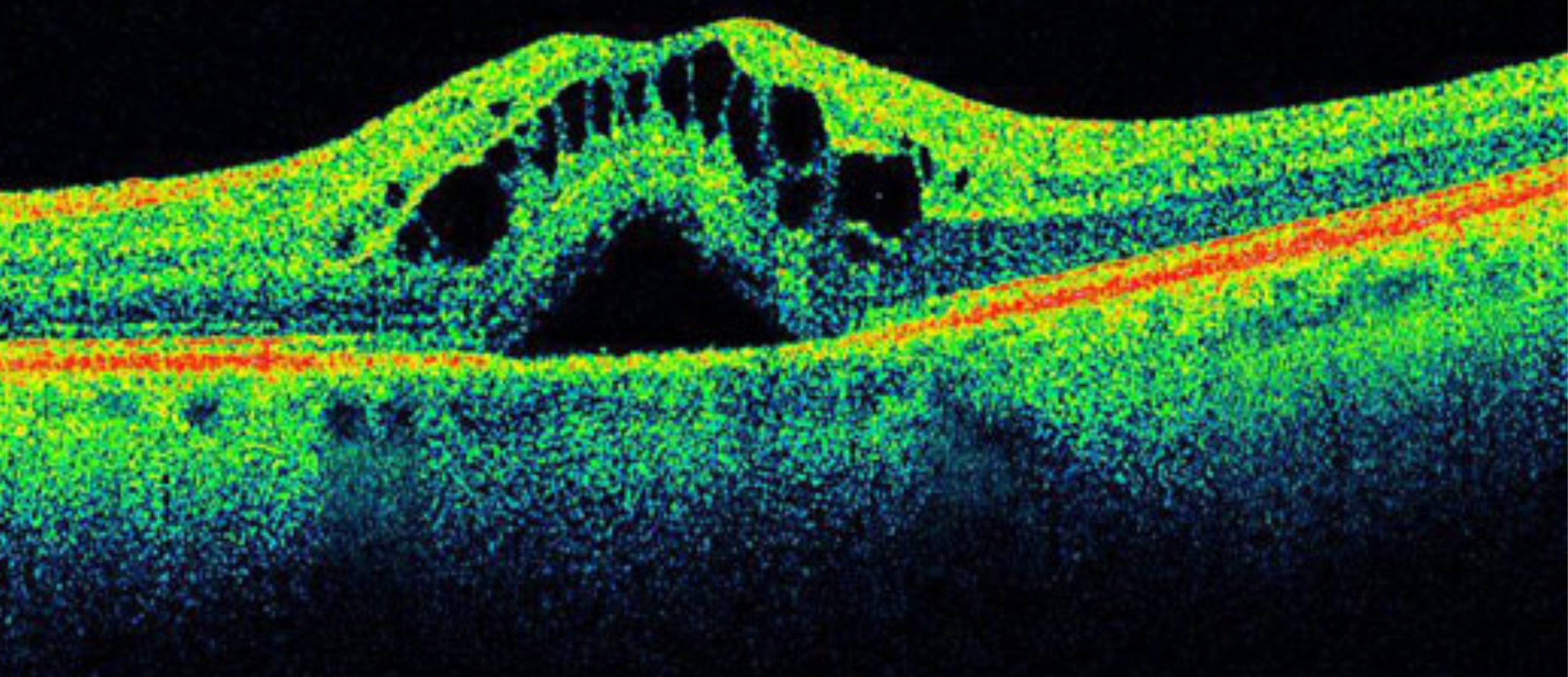Cavity Enhanced Absorption Spectroscopy (CEAS) is a specialized absorption spectroscopy technique that has revolutionized the analysis of materials in various scientific fields. This method is characterized by high sensitivity and accuracy, making it an invaluable tool for various applications.
CEAS has found outstanding applications in environmental monitoring, enabling the detection of trace gases at extremely low levels. Its ability to detect minute concentrations of gases, even in the parts per billion (ppb) range, has been essential in monitoring and understanding climate change and identifying air pollutants.
In addition, CEAS has been successfully applied to the study of chemical and biochemical processes, providing valuable information on the kinetics of chemical reactions and the optimization of industrial processes. It has also proved to be useful in the characterization of advanced materials, such as thin films and nanostructured materials, which play a crucial role in the development of optical and electronic devices.
A look at Cavity Enhanced Absorption Spectroscopy (CEAS)
CEAS is defined as a highly sensitive technique that overcomes the limitations of conventional absorption spectroscopy techniques. As mentioned above, by using a highly reflective optical cavity, light is confined and travels multiple paths through the sample, increasing the probability of interaction with absorbing molecules. This feature allows the detection of weak absorptions that would otherwise be difficult to detect using conventional methods.
At the heart of the CEAS technique is the interaction between the confined light and the molecules present in the sample. Detection of the absorption signal is achieved by measuring the attenuation of the light transmitted through the cavity due to the absorption of energy by the molecules in the sample. This high-sensitivity detection is essential for the analysis of compounds present at low concentrations.
The typical CEAS setup consists of three main components: a light source, an optical cavity, and a detector. A setup example is shown in Figure 1:

The sample to be analyzed can be placed inside the optical cavity or presented in an absorption cell connected to the cavity. The signal absorbed by the sample is detected using a suitable detector (monochromator/charge-coupled device (CCD) in this case), providing detailed information about its optical properties.
Why should I be interested in using Iceblink? – The 3W FYLA’s Supercontinuum Laser
Iceblink Supercontinuum is ideal for CEAS. Its specifications and capabilities perfectly match the technical requirements, making it one of the best choices when choosing a light source.
The mentioned specifications include a total output power of > 3 W, which produces a very intense and powerful beam. This intensity is essential for the CEAS technique, as higher beam power significantly increases the detected signal and improves the signal-to-noise ratio, leading to more sensitive and accurate measurements.
Another highlight of the Iceblink laser is its broad spectral range from 450nm to 2300nm. This feature is particularly beneficial for CEAS as it allows a broad electromagnetic spectrum to be explored and different chemical species and materials with absorptions in different regions of the spectrum to be analyzed.
The high repetition rate of the laser, with a repetition frequency of 80 MHz and a pulse duration of < 10 ps (at the fundamental wavelength), gives the Iceblink laser the ability to perform high-frequency absorption measurements with exceptional temporal resolution. This is essential in CEAS applications, where fast measurements allow the detection of dynamic processes and detailed information on the temporal properties of light-matter interactions.
Finally, its remarkable features include high power stability of < 0.5% (std. dev.). This stability is crucial for the CEAS as it guarantees reproducible and reliable measurements over time and across different experiments, ensuring consistent and accurate results.
In summary, the Iceblink laser stands out as an excellent solution for use in Cavity Enhanced Absorption Spectroscopy. Its high total power, large spectral range, temporal characteristics, and power stability make it a highly effective laser for accurate and sensitive absorption measurements on a wide variety of samples and applications.





